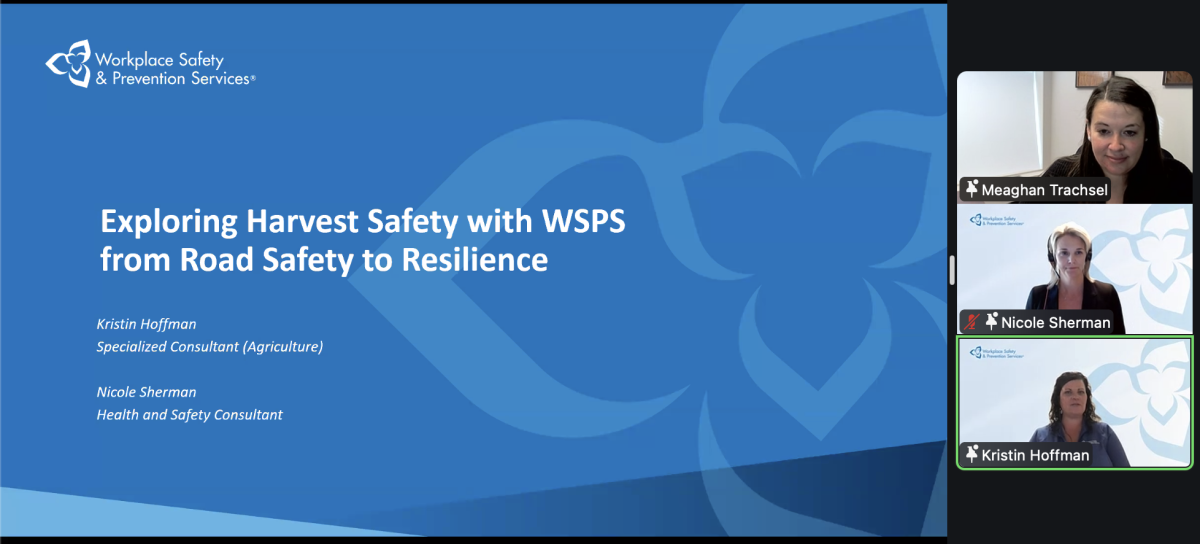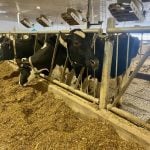The federal government’s follow-up to last year’s Community Development Trust program will again give priority to “single-industry, rural communities” including those “heavily reliant” on resource industries such as agriculture.
The government on Thursday rolled out its Community Adjustment Fund (CAF) which, like the CDT, allocates $1 billion in federal support for communities hit particularly hard by downturns in their key industries.
Projects to be funded under CAF could include reforestation activities, investments in machinery or equipment, demonstration of new mining technologies, and initiatives to improve market access for products.
Read Also

Exploring Harvest Safety
Kristin Hoffman of WSPS explains measures for increased farm safety around harvest season
Several provinces, including Manitoba, Ontario and Prince Edward Island, last year earmarked portions of their CDT funding for ag-related programming.
Western funds
From the CAF, over two years, Western Canada is to receive $306.3 million, to be delivered by Western Economic Diversification (WD) Canada. Of that, only British Columbia’s share has so far been confirmed, at $125.2 million.
WD on Thursday specified that its share would be allocated “in support to western Canadian communities hardest hit by the current economic slowdown, such as those that are heavily reliant on resource-based industries, for instance forestry, mining, agriculture, energy and fisheries, and communities that depend on the manufacturing industry.”
WD is calling for project proposals by a deadline of June 5, while projects “needing more time to develop” have until June 26.
More generally, projects funded under CAF must be completed by March 31, 2011 “with no obligation for continued support,” create “immediate, short-term employment,” be able to start quickly and use CAF funds alongside existing resources, rather replace funding available elsewhere.
Priority, WD said, will go to projects in and around eligible “rural, single-industry” communities that create jobs, maintain employment, leverage funds from provinces and other funding partners, build on partnership arrangements already in place and “provide a legacy of longer-term economic benefits.”
Eastern funds
The Atlantic Canada Opportunities Agency (ACOA) will deliver Atlantic Canada’s $100.4 million share of the CAF, with $28.7 million for New Brunswick, $33.6 million for Nova Scotia, $22.7 million for Newfoundland and Labrador and $13.3 million for P.E.I.
The government specified that funds would support communities reliant on forestry or “other hard-hit industries” such as the lobster fishery.
Quebec will receive $211.6 million from the CAF over two years, flowing through the Economic Development Agency of Canada for the Regions of Quebec.
Industry Canada will deliver Ontario’s $348.9 million share of the CAF. There, projects in communities with a population of less than 250,000 will be eligible for support and will be given higher priority if the community in question is rural and supported by a single industry, has seen a substantial spike in employment insurance (EI) beneficiaries and has experienced “major layoffs resulting in significant job losses.”
Indian and Northern Affairs Canada (INAC) will deliver Northern Canada’s $32.8 million share. Industry Canada and INAC will deliver CAF only on a “transitional basis” until the new Southern Ontario Development Agency and Northern Development Agency are up and running, the government said.















